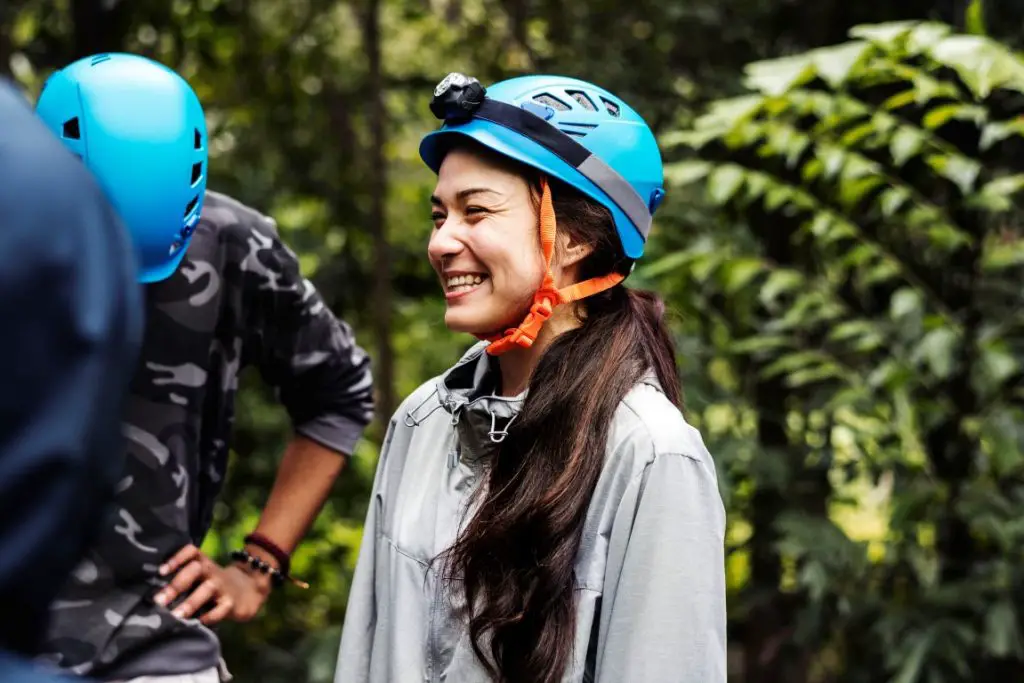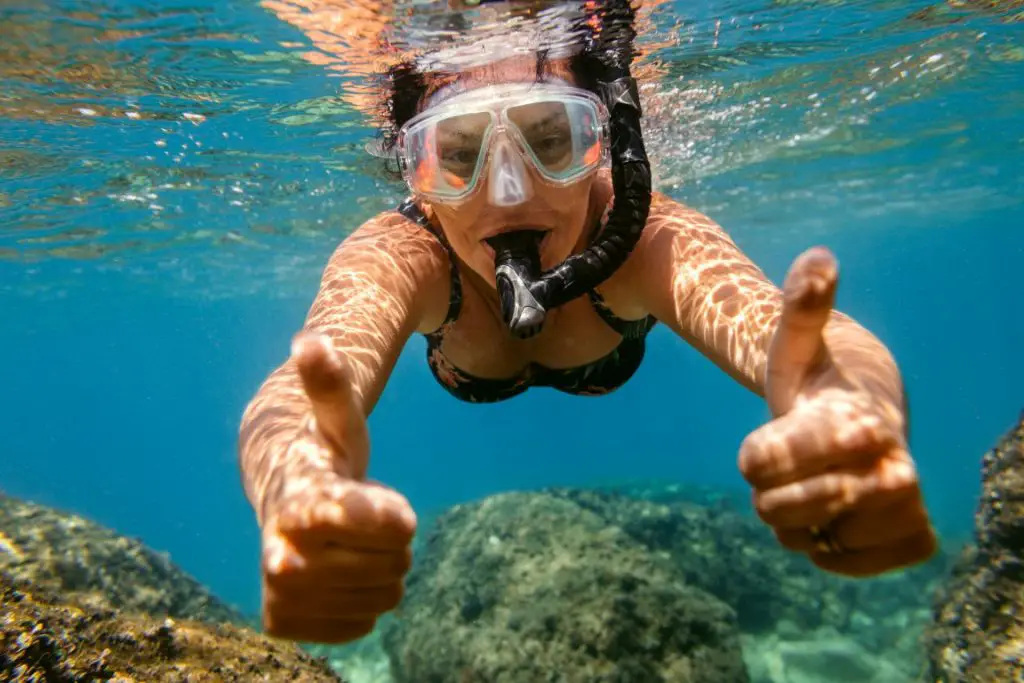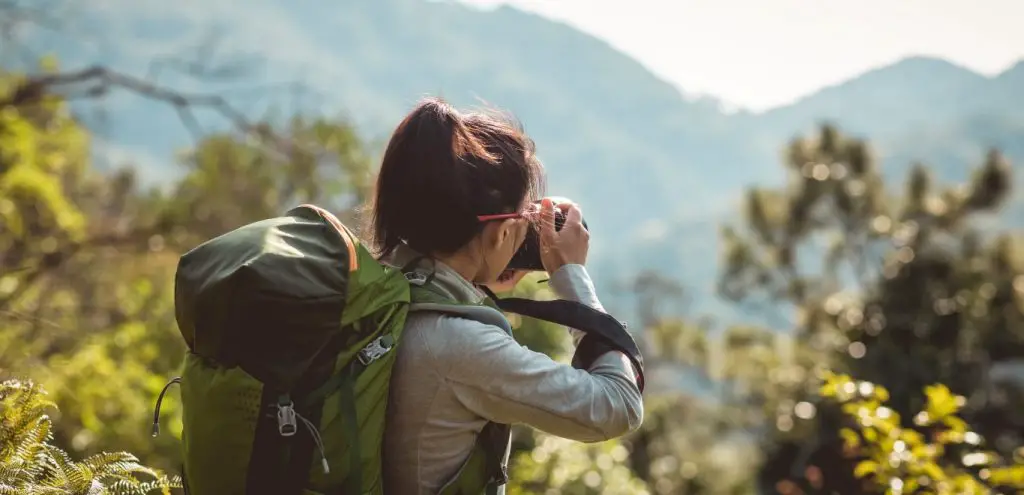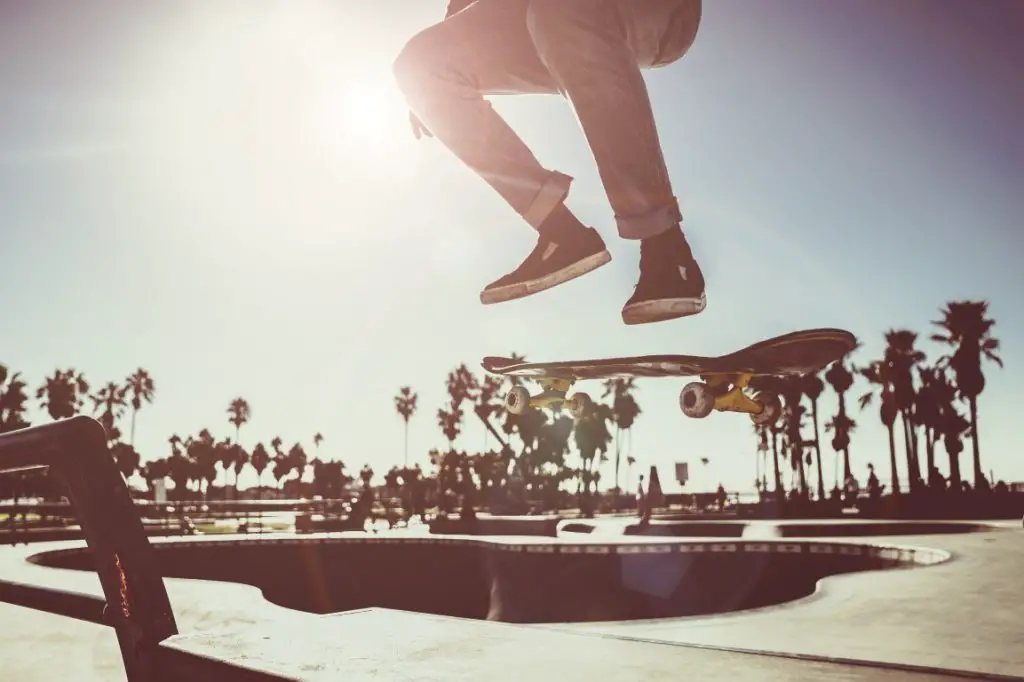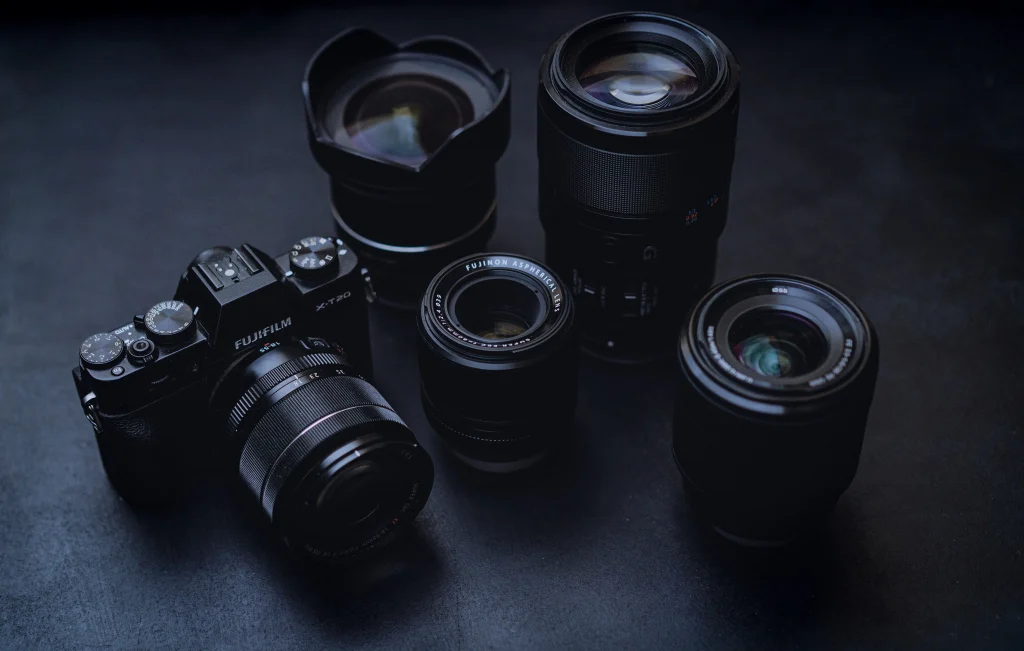
This article describes the best lenses to buy for hiking, a comparison between several lenses, tips to carry lenses, and much more. So, start reading, and you’ll come up with the right buying decision.
How to Choose a Lens?
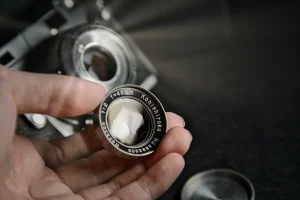
Before I take you on the varieties of lenses, it is essential to check out “what lens to use.” However, lenses are of different types, and each has several uses.
Lenses are different in focal length, which depicts how wide and zoom your lends would be.
Here focal length can be measured in millimeters, and it is the fixed length such as 35mm, and for zoom, it is 50-200mm.
The focal length must be an essential factor in choosing a lens. Suppose you choose a 300mm lens; it will make the faraway object clear to take a picture.
Another crucial aspect you should focus on is the size of the sensor. It will make a big difference in focal length. Regardless, some lenses come with adjusted focal lengths, so choose accordingly.
What Lens Do I Need For Long-Distance?
As per the above statement, there are five lenses that you can explore to take the best photos.
1. Wide-angle Lens
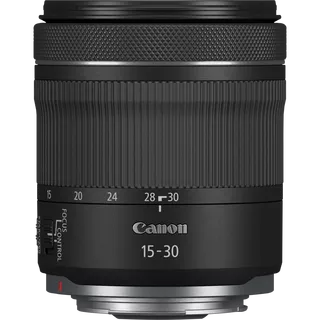
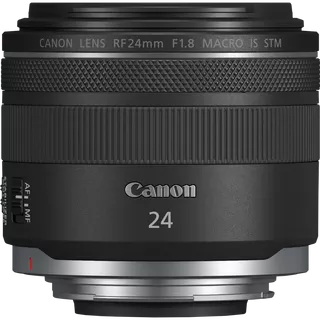
Source: Canon-europe.com
Just like its name, it works. It allows you to look wider so you can take pictures of your choice.
Its typical wide-angle lens focal length is up to 24-35mm on the full-frame sensor, while ultra-wide has a very short focal length of up to 24mm or less.
2. Kit Lens
If you have a DSLR or an interchangeable lens, it basically includes a standard kit lens.
These are kit lenses, which are versatile and have a focal length between 35-70mm.
3. Telephoto or Superzoom Lenses
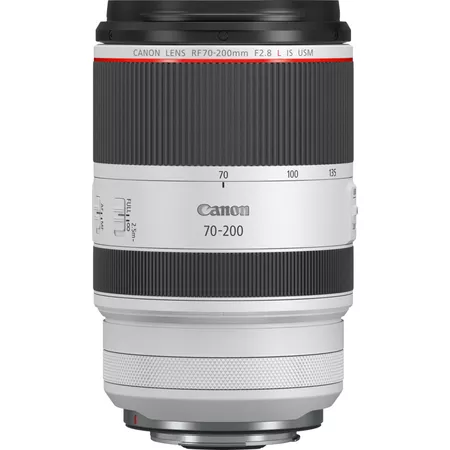
Source: canon.co.uk
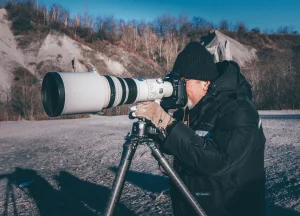
If you want to capture far-away photos, then a telephoto lens is a pretty good option to choose.
These come with a fixed focal length which is around 70mm. However, the popular choice of telephoto lenses ranges between 55-200mm superzoom.
4. Macro Lens
These are special lenses that improve your photography skills. It allows you to take a crazy level of photography.
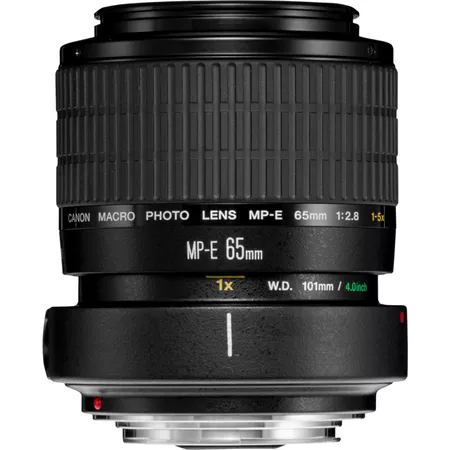
Source: canon.co.uk

Coins, animals, wood, and old artistry are the best to click with macro lenses. It produces a 1:1 image, which means it captures the life-size.
5. Prime Lens
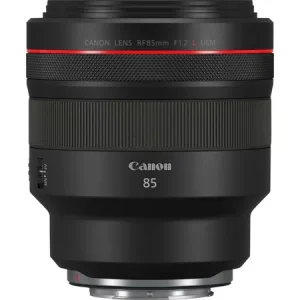
Source: canon.co.uk
It is the opposite of a zoom lens since it includes a single focal length. Prime lenses have some moving parts that are often good for high-quality photographs.
Telephoto lens Vs zoom lens vs. wide-angle- which is better?
Telephoto Lens vs Zoom Lens:
Let us start with the Telephoto lens vs. zoom Lens.
The major difference between telephoto and zoom lenses is ;
The zoom lens includes variables of focal length, and it is mainly used for dynamic photography.
On the other side, the telephoto lens includes a fixed focal length that is greater than 50mm and is used for static photography.
Telephoto Lens vs. Wide-angle Lens:
So, what’s the difference between Telephoto and wide-angle lenses?
The main difference between both is focus and scope.
| Telephoto Lens | Wide-angle Lens |
| Only focuses on far-away objects | Increase the horizontal scope |
| Offers selective focus | All about wide focus |
| Less wide scope than a wide-angle lens | Has a wider scope |
| Use to click on a particular subject | Use to capture the horizontal view |
Thus, in conclusion, we can say that each three is amazing and has its own features. When it comes to choosing a wide-angle seems perfect for hiking, but the final decision depends on your needs.
Reasons Why You Should Use Each Lens for Landscape Photography
If you are a professional photographer, then I don’t think you need an explanation on why you should take each lens, such as wide-angle, Telephoto, and zoom lens, with you on hiking. Still, if you need reasons, so, look below.
1. Shooting Night View
Wide-angle lenses are the best to capture landscape photographs like a rock or a tree. Additionally, it is good to click the night sky or take pictures in the dark.
2. Capture Faraway Objects
While hiking, there are so many things you can enjoy far away from your actual destination. Thus, capturing those memories like the deep sea, animals, etc., can be good to click with a zoom lens.
3. Still Photography
If you want to click pictures of you and your family with super high quality, then a telephoto lens is the best option to pick.
Thus, in a nutshell, having these lenses with you on hiking can give you an outstanding photography collection.
Best Nikon Camera Lens for Hiking
If you wish to buy a Nikon camera lens for hiking choose the Nikon z7 II NIKKOR z 24-70mm f/4 lens that really valuable for your investment.
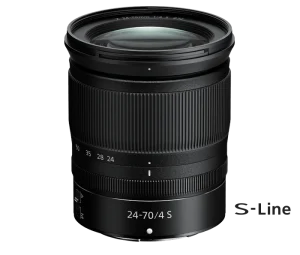
Source: nikonusa.com
It includes;
- A 46mp full-frame sensor
- 4320 shot battery backup
Nikon and DSLR made it the best camera for hiking that uses the latest technology and gives you outstanding pictures. It is the latest release and gained much popularity. So check the whole details here.
Best Sony Camera Lens for Hiking
If your choice is to buy Sony, check out this Sony A7 III 24-70mm Zeiss f\4 lens.
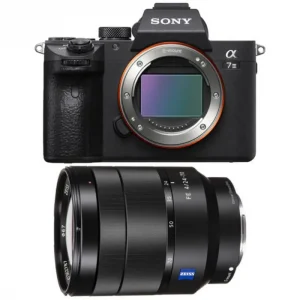
Source: camerapro.com.au
It includes;
- A 26mp full-frame sensor
- 250 shots of battery backup
This A7 model is considered a top choice for buyers as it brings superb quality for you. This is best if you are looking for pro results. You can find full details here.
Best Hiking Lens for DSLR
These are the 5 most-recommended full-frame lenses you can use.
- Canon EF–
24-105mm f/4L IS USM lens - Nikon AF–
S NIKKOR 28-300mm f/3.5-5.6G ED VR Lens - Sony 16–
35mm f/2.8 ZA SSM Vario-Sonnart Lens - Nikon AF–
S NIKKOR 24-85mm f/3.5-4.5G ED VR Lens - Canon EF–
28-135mm f/3.5-5.6 IS USM Lens
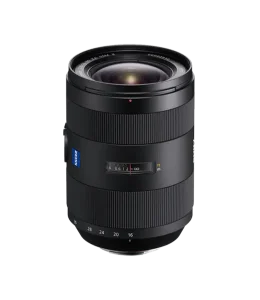
Source: electronics.sony.com
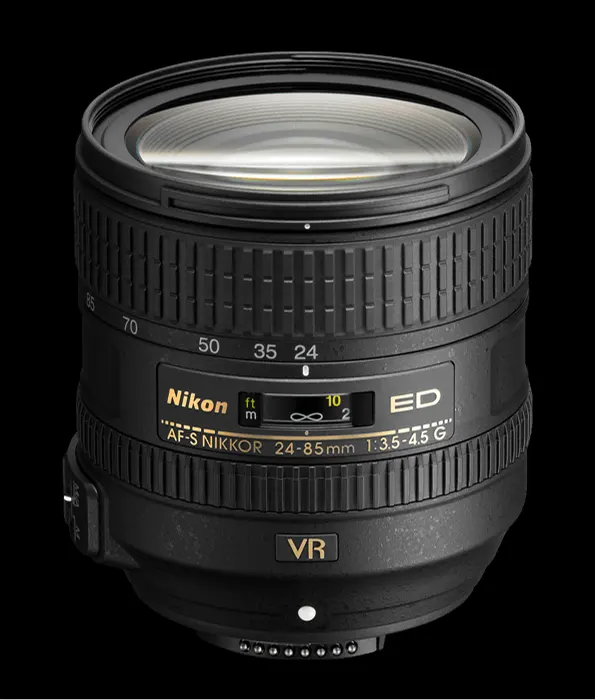
Source: nikonusa.com
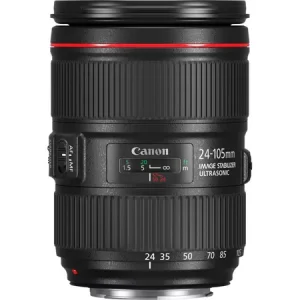
Best Set of Lenses for Hiking
With research, we have hand-picked three sets of the lens; look below.
- Two-lens option–
1475 g- Sony FE 20mm f/1.8 G - Three sets lens option–
1594 g- Sony FE 28-60mm f/4.5-5.6 (kit lens) - Three lenses longer reach option–
2184 g- Sigma 100-400mm f/5-6.3mm DG DN OS
How Do You Carry Camera Lenses when Hiking?
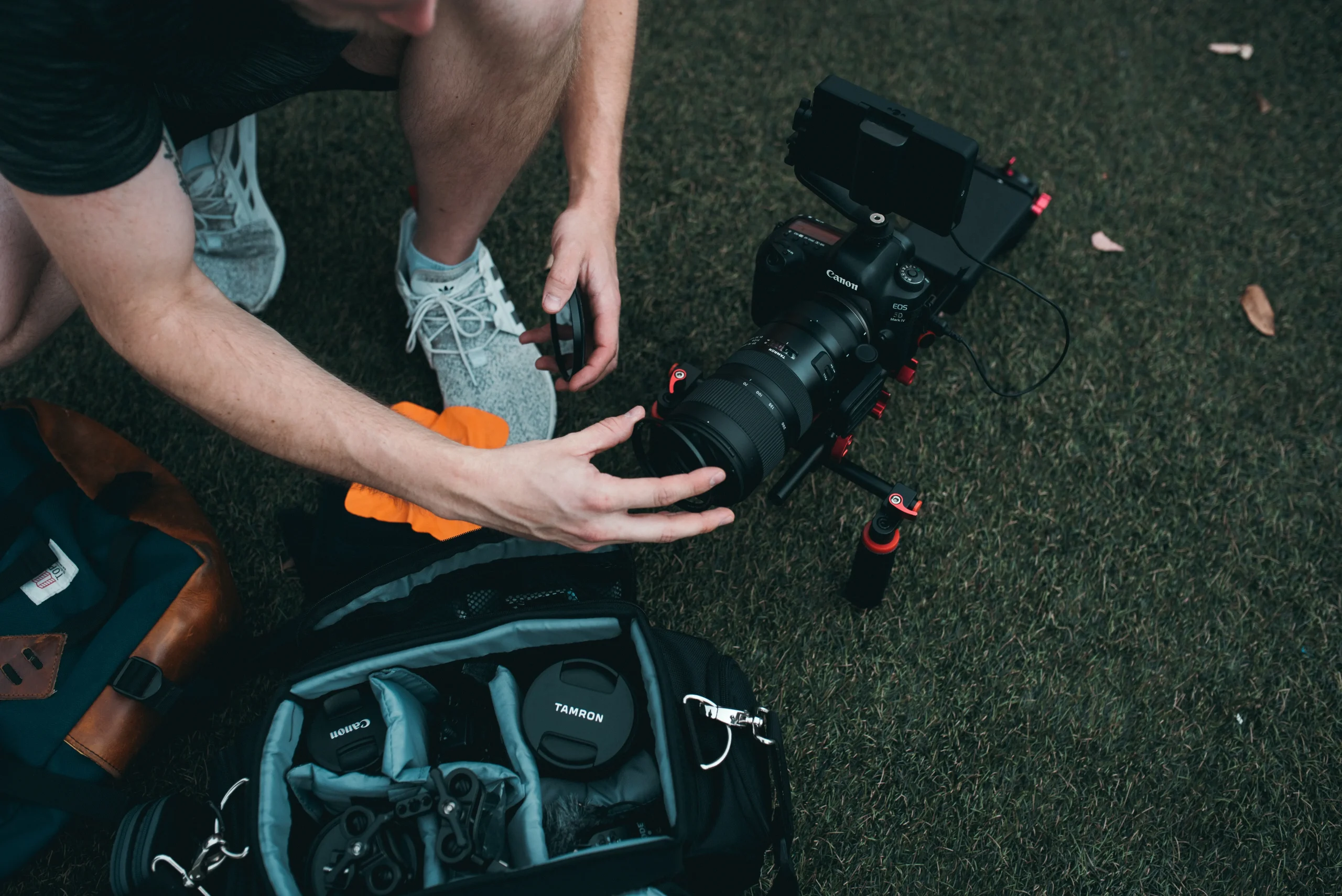
Camera lenses should be carried carefully, as they are expensive and might not give you that quality after breaking down.
So, here we have rounded up the best ways to carry lenses when hiking.
- Use the dry bag to keep lenses safe
- Wear the camera strap to avoid falling or forgetting it somewhere
- Use a Shoulder harness to add good support and safety
- Wear the camera backup that gives versatility.
- Try a waist bag to carry its cases and more accessories.
Tips for Carrying a Long Lens while Hiking for Quick Shooting
- Handhold or use a monopod when shooting
- Mount grip to lift camera easily
- Lens collar
The Bottom Line
So, with the above guide, we hope now you know what to choose, how to carry them, and which lens is best to take photographs. So make your shopping list today, and don’t forget to remember our tips to get the best out of your lenses and, yes, a hiking trip.
Justin Parker is a professional photographer and has been in the industry since 2007. He attended the University of Georgia. Justin combines his passion for photography and his interest in writing to give life to this blog which talks about photography in order to help and inspire young photographers.

